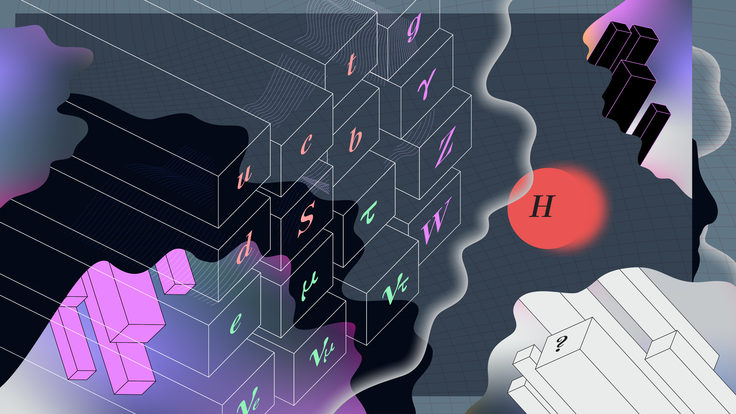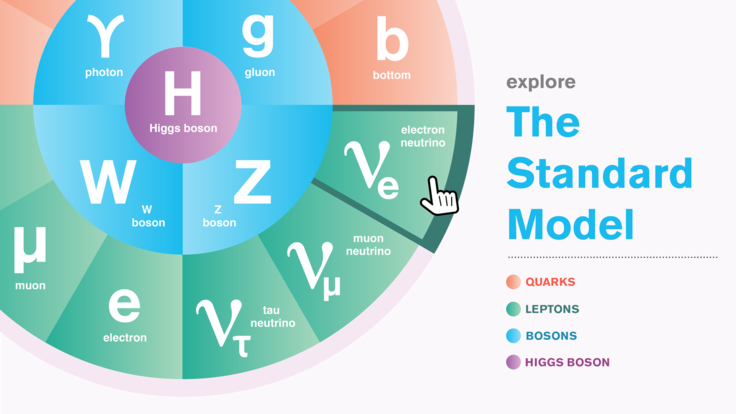Scientists working on an underwater neutrino observatory recently announced their second discovery, and they haven’t even installed their detectors.
Researchers deciding where to place the planned Neutrino Mediterranean Observatory, or NEMO, were measuring water currents and temperatures when they stumbled upon unexpected patterns in the water. They found chains of marine vortices -- water structures approximately 6 miles in diameter rotating at about 1 inch per second -- nearly 2 miles deep in the Ionian Sea, an arm of the Mediterranean.
Oceanographers did not expect vortices to form in a closed basin such as the Mediterranean. Their origins could be local, but the vortices also could have traveled hundreds of miles from the Adriatic or Aegean seas, according to simulations.
Five years ago, NEMO researchers made their first surprising discovery. During the course of their research, they found a variety of marine life, including sperm whales, living more than a mile beneath the surface offshore from Catania, Italy.
NEMO experiments will study high-energy neutrinos coming from deep space using thousands of detectors placed beneath the sea.







